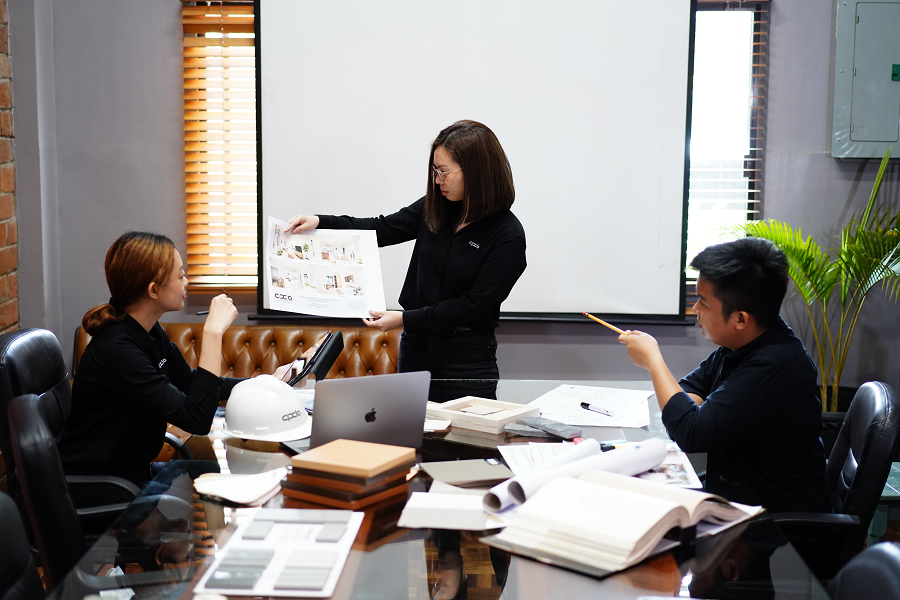ARCHITECTURAL TRENDS IN 2023
The way we desire to live is rapidly changing, and a new set of architectural styles is emerging to address the issues of modern life. Greater space, more storage, and more versatility. Lower rents, more resistance to climate change, and lower construction costs. Sustainability. All of these are on architects' minds as they construct today in order to develop a world for tomorrow.
Changes in building construction have historically been slower than changes in interior design trends. It takes years to develop new technologies and understand new materials, or to find fresh methods to employ old ones. These daring new concepts are changing the future of today's architecture by pushing the boundaries of our built world. Check out the architectural trends this year 2023:
3D-Printed Buildings
In an age when the home printer feels out of date, 3D printing architecture is all the rage. What exactly is the big deal? Much of the waste connected with new buildings are the product of a fragmented construction process - too many phases, too little time - which is why architects are looking to 3D-printed structures as the new method to optimize construction while minimizing waste. However, 3D-printed designs permit all sorts of curved, textured forms best controlled by a machine while also allowing architects to think up high-precision architectural models from the start. The greater benefit here is the ease with which these ideas may be copied around the world in the hopes of developing a financially viable, simplified, and sustainable approach to building - architecture for the public without the tremendous pain.
Eco-sustainability
New building materials, such as hemp concrete and biocomposite, are gaining popularity in the construction sector, which is understandable considering the water, climate, and fire safety criteria they meet. 'Biomaterials' are giving carbon-hungry defaults like concrete an honest run among the pioneering materials flexing their steel – we always return to nature, don't we? Hempcrete, a biocomposite that has long been popular in Europe and was just licensed for use in the United States, is a potential new construction material. Hemp fibers, limestone, and water make up hemp concrete. It generates thermal mass, which maintains the building's temperature. Furthermore, absorbent and living materials significantly improve indoor air quality. Cork panels and wood are projected to be aggressively used as key ecological materials in 2023 architecture trends.
Sensory Architecture
Space must accommodate all senses. The textures smell and noises in various rooms and urban settings have a tremendous impact on how a person feels. The simplest method to achieve this nice sensation is to use wood, which checks multiple boxes at once. The natural texture and color of the wood provide a feeling of warmth and comfort. It has good textile qualities, especially when brushed wood or mix-and-match profiles give a 3D illusion on a flat surface. When utilized in big numbers, wood has a nice odor. Not to mention the acoustic benefits that wood provides.
If you’re looking for an architecture firm in Davao, you should definitely check out CPDA, a Davao Architecture Company. Their team is composed of architects and interior designers in Davao City who are determined to bring your dream designs into reality. For more information, you may check out their website.
